Published on 21 May 2024 | Tim Michaels
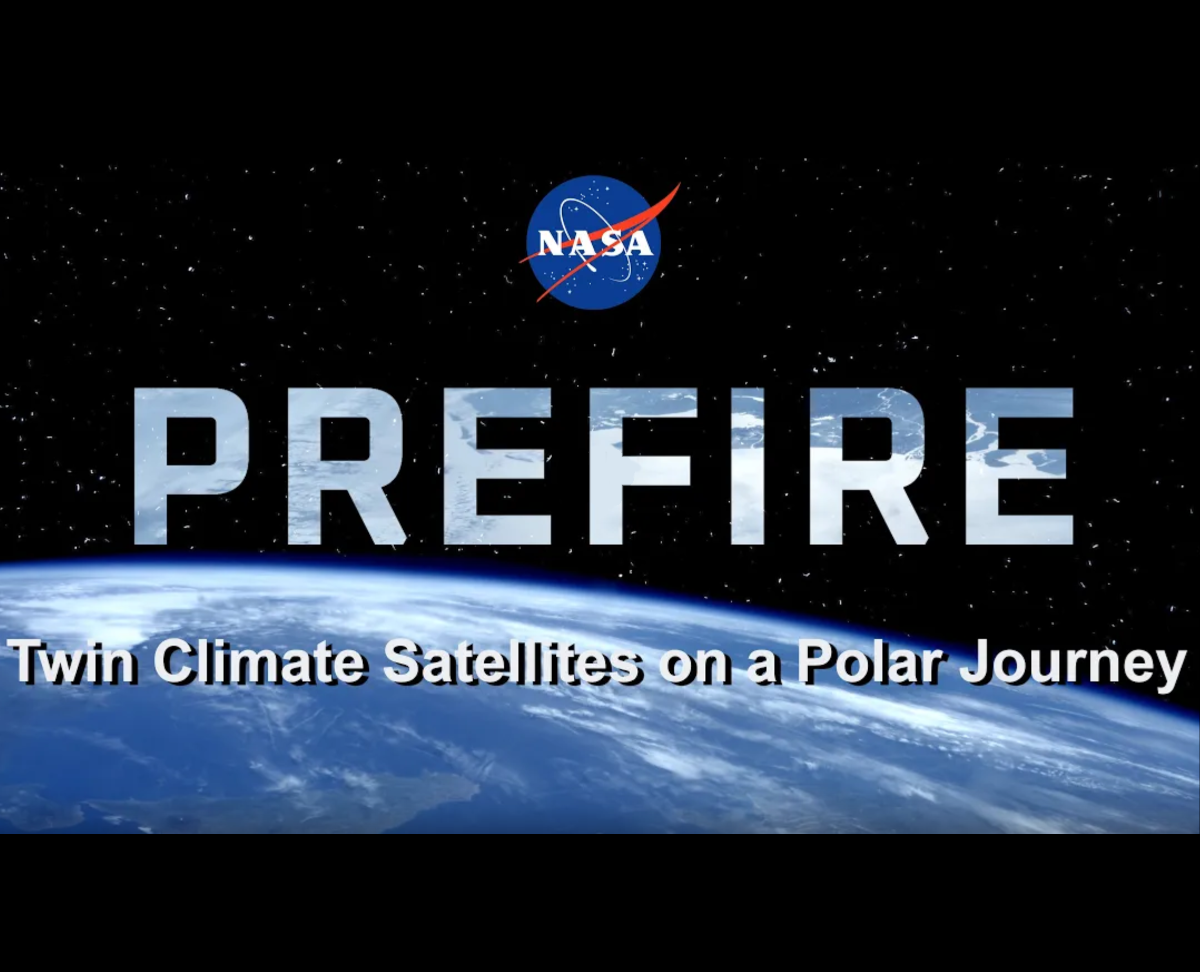
It is late autumn at the Rocket Lab launch complex in New Zealand, since it is in the southern hemisphere. Forecasts of unsuitable weather have delayed the first PREFIRE CubeSat launch until May 25, 2024 at 7:28 am UTC. While you are waiting, enjoy a new mission overview video! It includes realistic animations that show the way the CubeSat solar panels will deploy, the view of Earth that our spectrometer will have, and why two CubeSats are better than one. Video: PREFIRE, Twin Satellites on a Polar Journey.
This work is supported by NASA.
- PREFIRE First Light Announcement!
- 2024 PREFIRE Science Team Meeting
- Second PREFIRE Satellite Launched!
- Update on second PREFIRE CubeSat launch
- First PREFIRE Satellite Launched!
- Rocket assembly pics and PI radio interview
- Launch update and a new short video!
- NASA's tiny twin polar satellites (first launch soon)
- Pre-launch anticipation of PREFIRE CubeSat science
Recent Posts

In collaboration with PREFIRE, the Southern Hemisphere polar Infrared Radiation Experiment (SHIRE) has begun an intensive observation campaign at Scott Base (78°S, 166°E) in McMurdo Sound, Antarctica. The two in-orbit PREFIRE TIRS instruments and a ground-based ER-AERI instrument deployed by SHIRE will provide novel observations from both the surface and top-of-atmosphere allowing for total closure of the atmospheric emission spectra.
Read more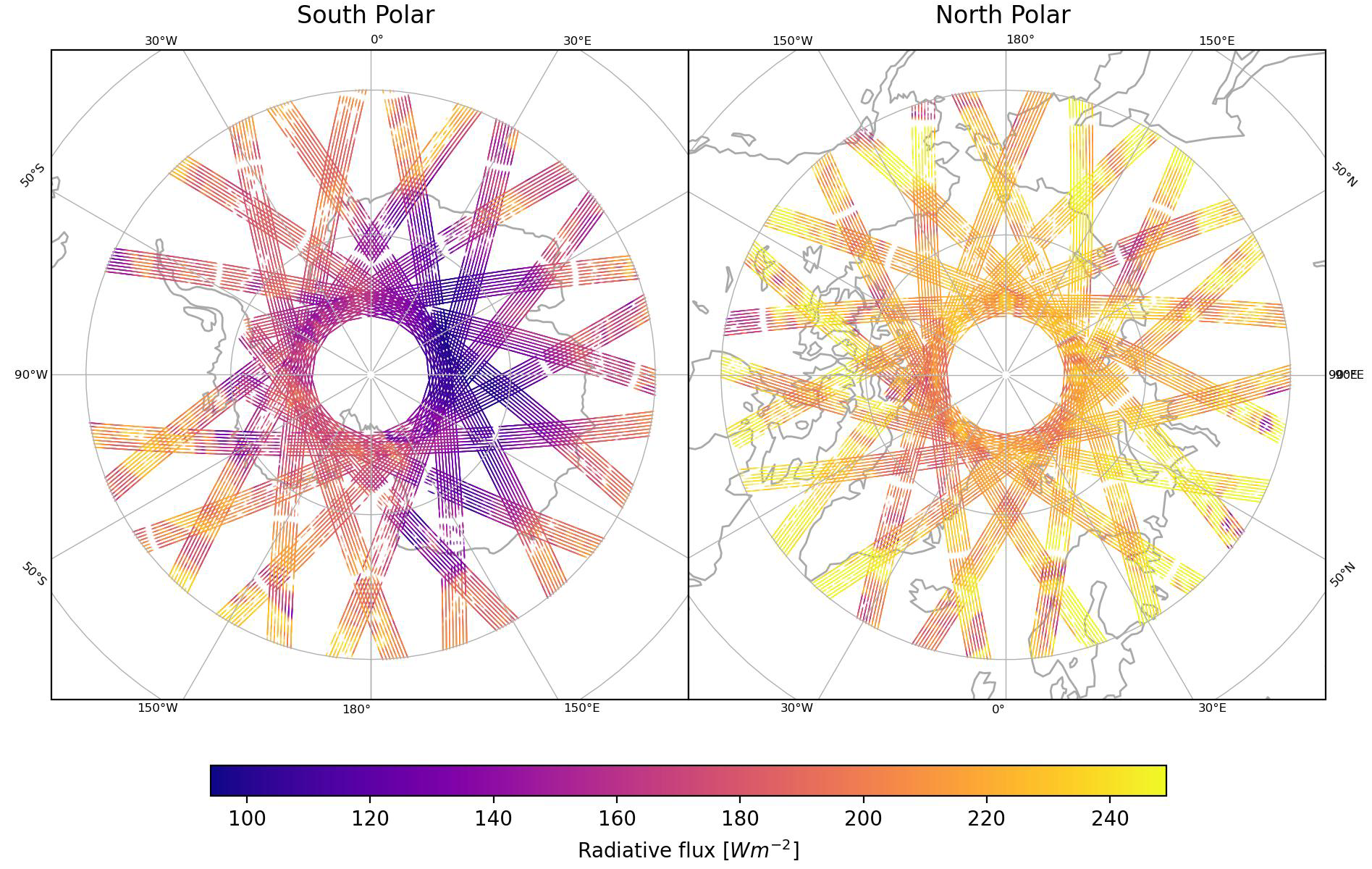
The PREFIRE Mission is excited to announce that all PREFIRE data products are now available to the public via the Atmospheric Science Data Center (ASDC)! PREFIRE data collections include Level 1 Radiance, retrieved Level 2 products, Level 3 climatologies, and supporting auxiliary products.
Read more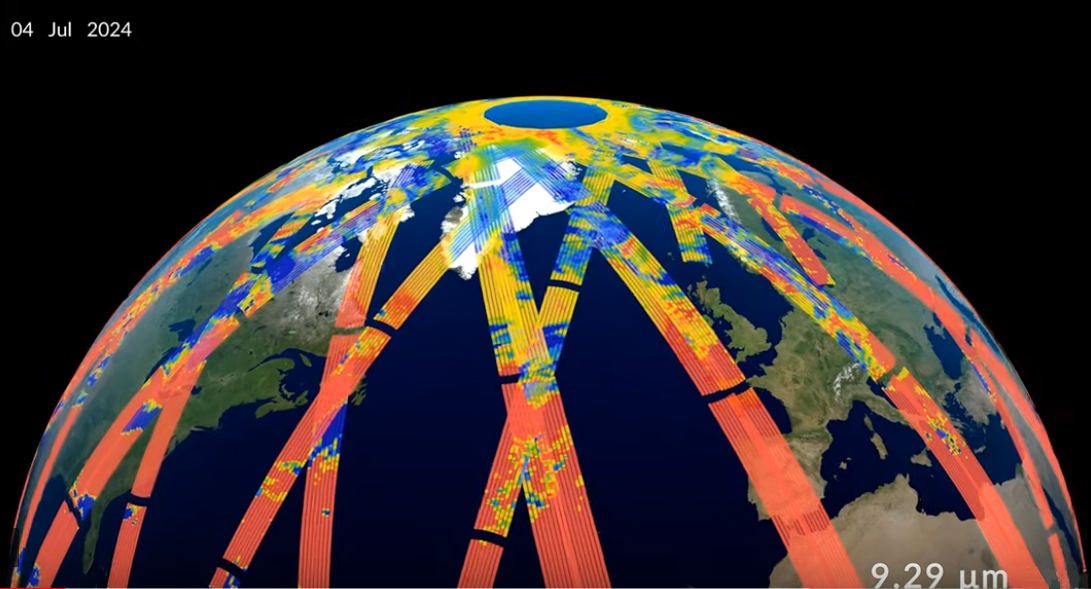
NASA has publicly released the first look at PREFIRE mission data, also known as the first light announcement! The PREFIRE science team worked with NASA’s Scientific Visualization Studio to create a first light video. It showcases some of the fascinating infrared details of the Arctic surface and atmosphere that PREFIRE-SAT2 captured in July 2024. The PREFIRE science team is hard at work analyzing the countless measurements that the twin CubeSats are radioing to the ground every day.
Read more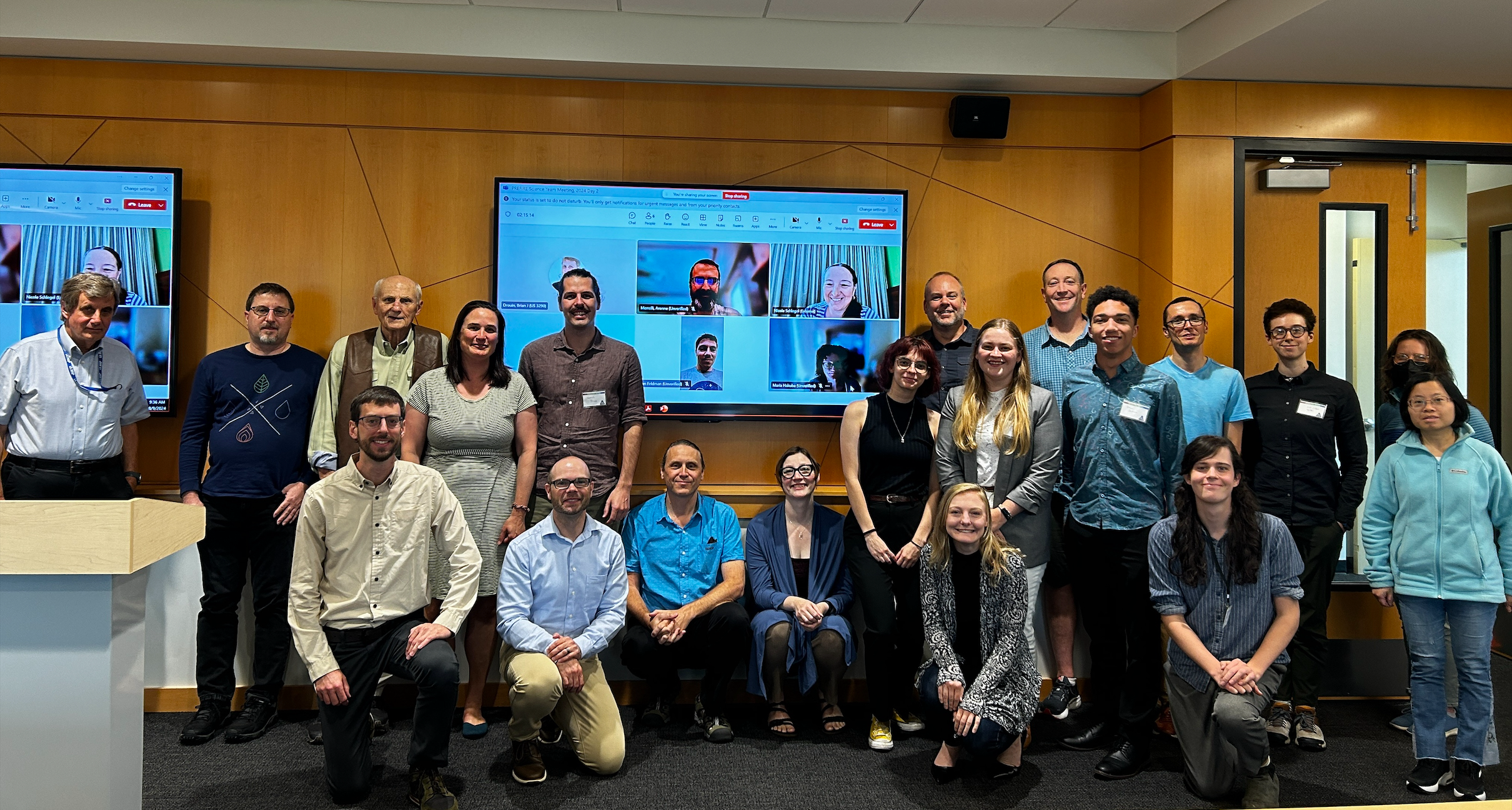
The 2024 PREFIRE Science Team Meeting was held at the University of Colorado on August 8th and 9th. The PREFIRE team, led by Tristan L'Ecuyer (PI) discussed the status of the PREFIRE CubeSats and instruments, the Science Data Processing System (SDPS), and preliminary data output, as well as the nuances and considerations of this unique dataset. The team also discussed potential validation activities and heard from several external scientists about related projects with the potential for both collaboration and validation.
Read more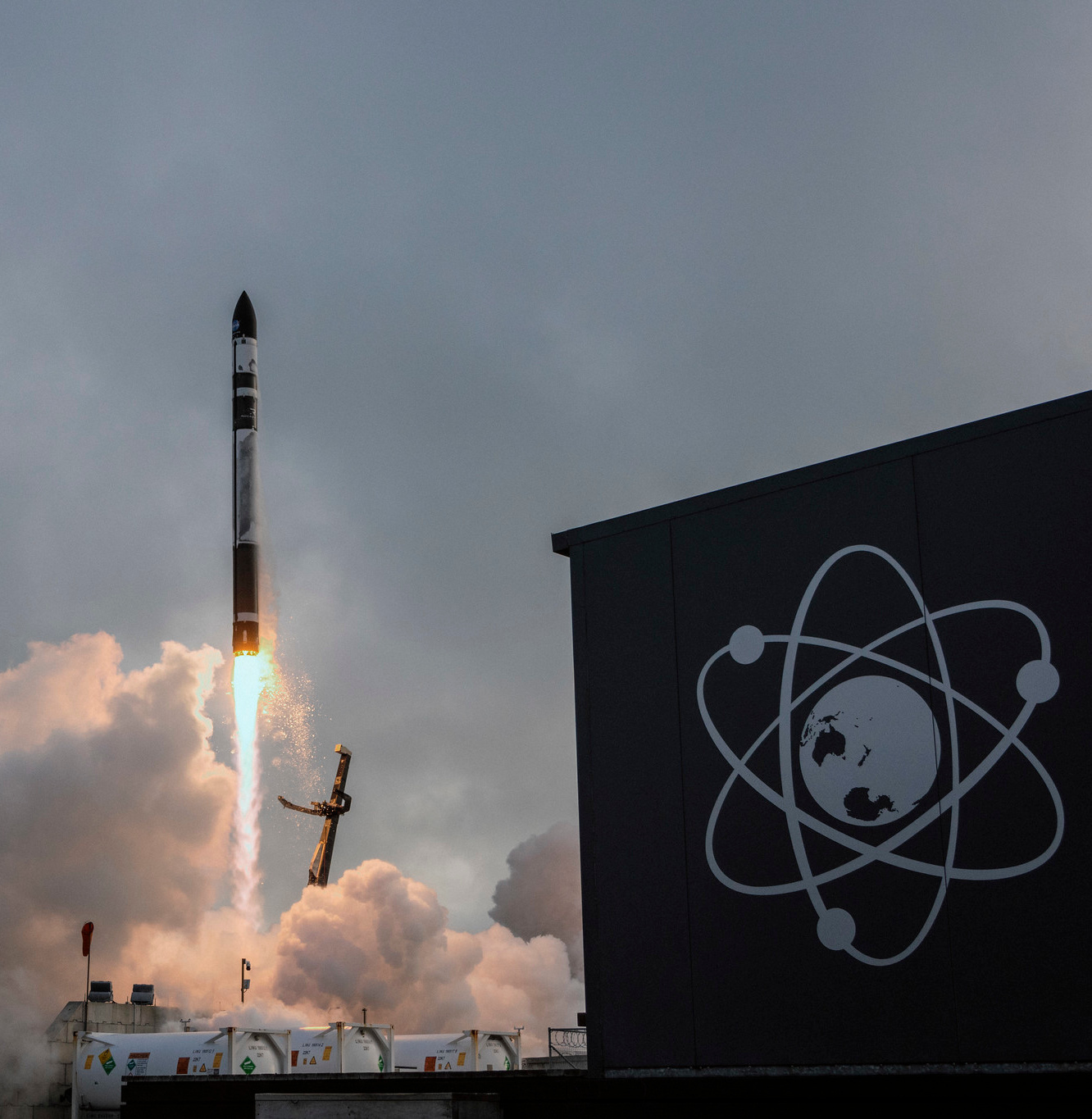
Rocket Lab successfully launched the second of two PREFIRE satellites from Mahia, New Zealand at 3:15 pm NZST (3:15 am UTC).
Read more